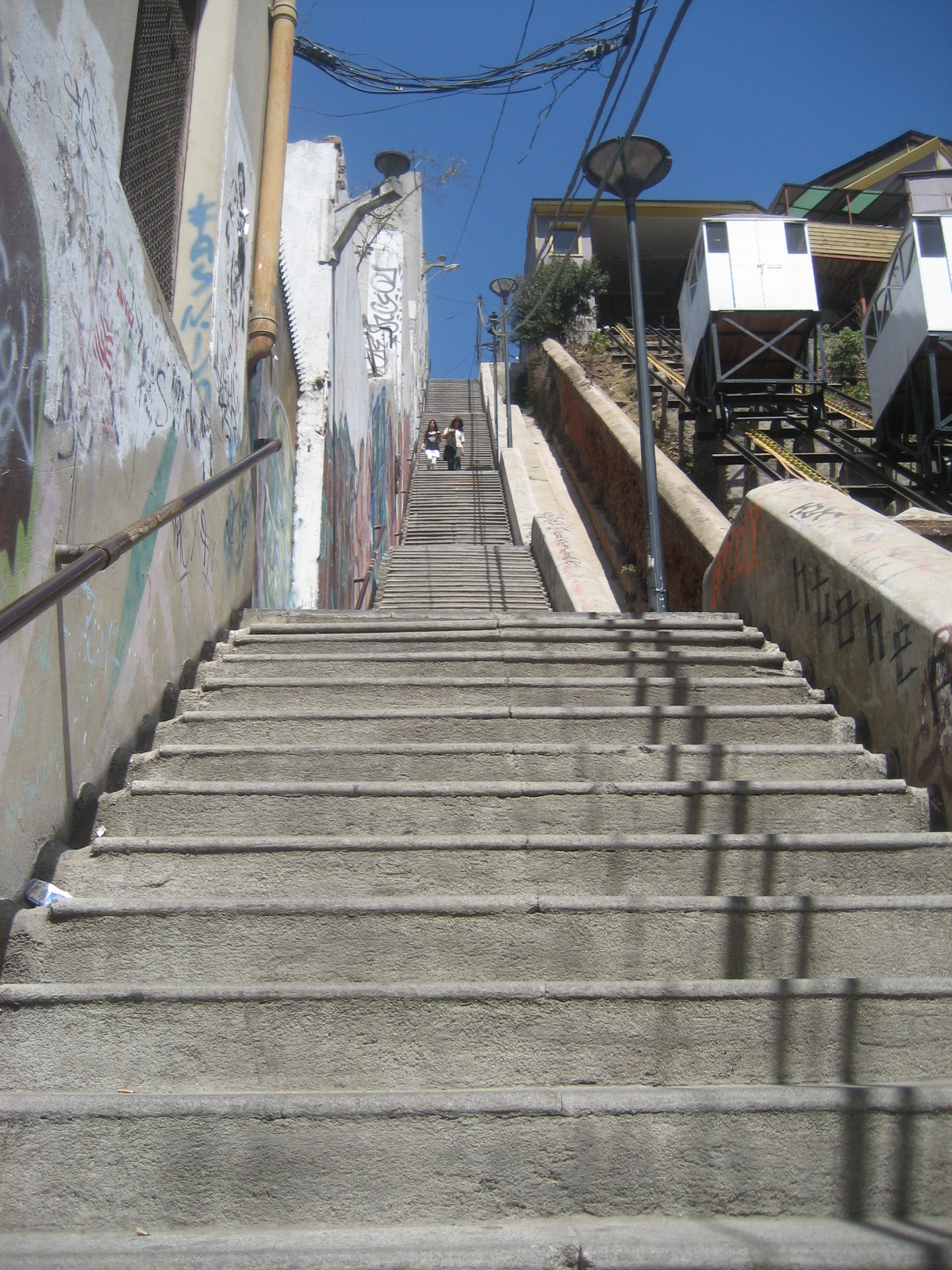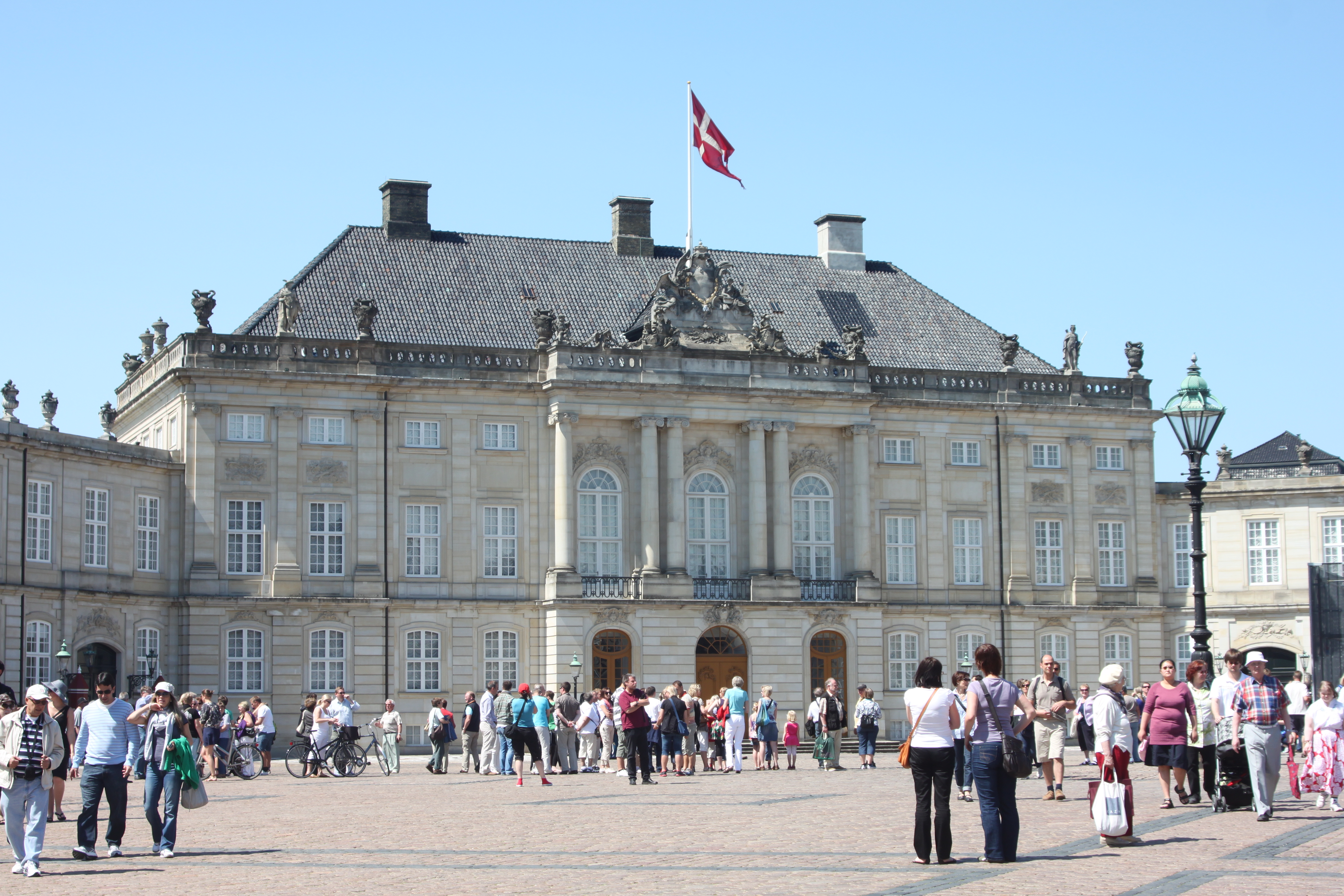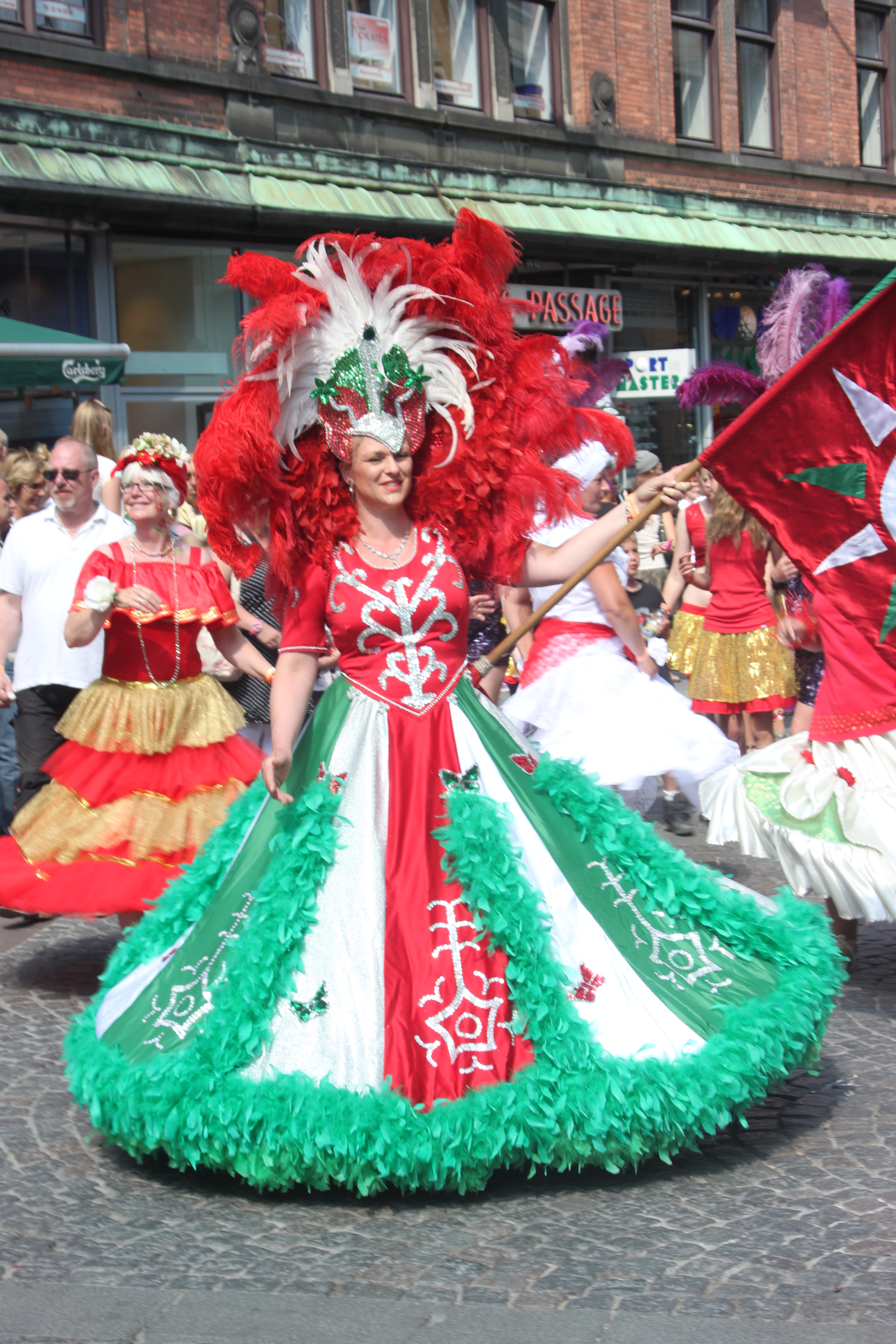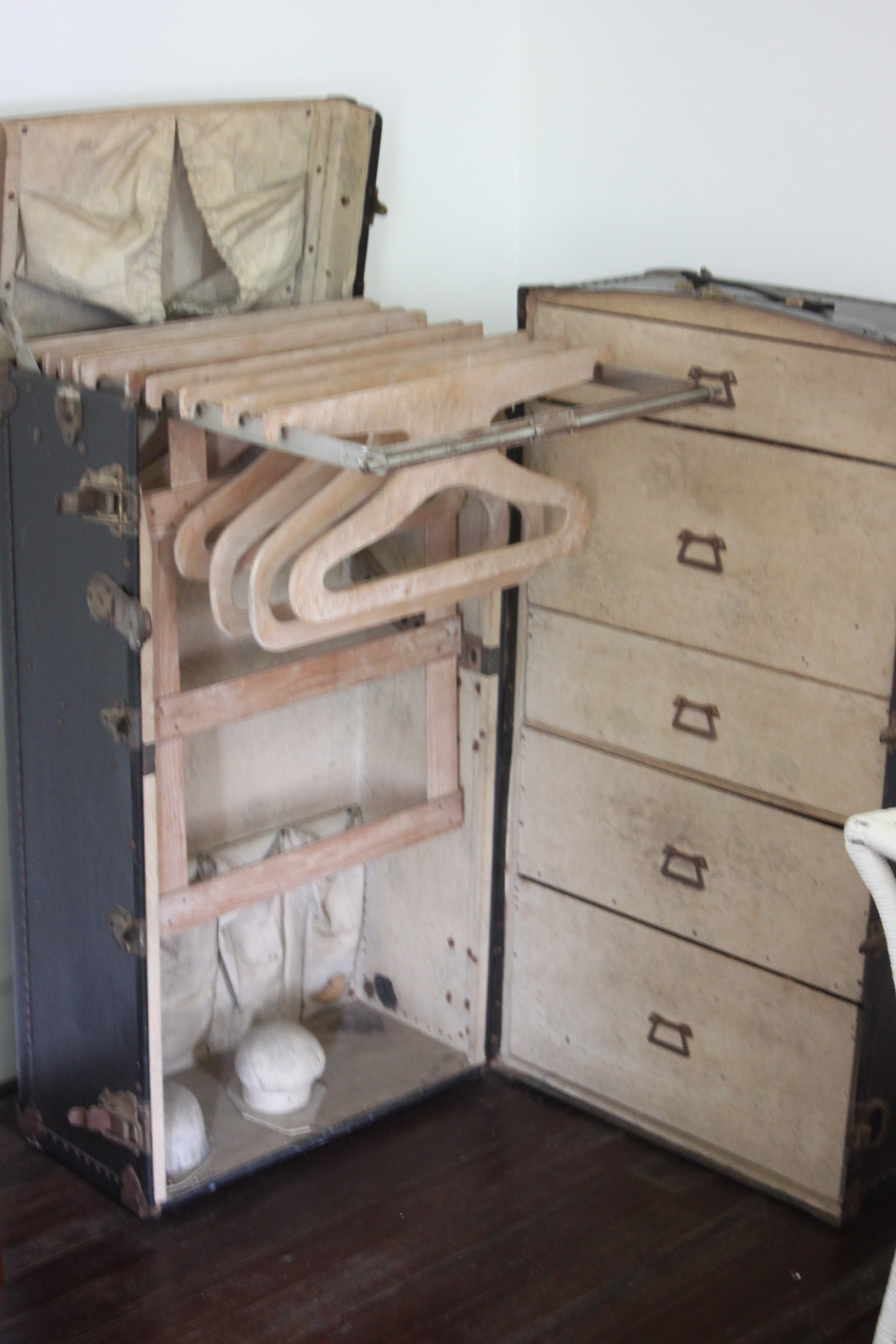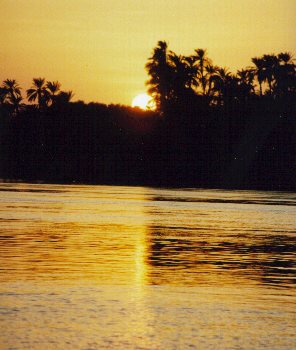Ilivetotravel Note: I saw this post on a friend’s Facebook page and thought it was a perfect reflection on what we, the very-frequent flyers, put up with in the less glamourous type of travel called “business travel”. Enjoy and thanks to Ashley (@mybookfetish) for a great post!
========================================================================
That’s me. I’m a bitchy traveler. I admit it. I’m bitchy because I’ve traveled enough over the years that I have learned what I call airport and airplane etiquette and it irks me when people who should know and practice it, don’t.
I’m not talking about the frazzled parents trying to get through security with children and all their paraphernalia. Although, I will offer a word of advice. If you have children, especially small ones, and can avoid it, don’t fly on Monday mornings or Thursday and Friday late afternoons/early evenings. Those flights are lots of single-minded business people, some of whom are really grumpy because the last place they want to be is on a plane. Again. If you can fly on a Tuesday at ten, you’ll find, I believe, a much friendlier group of travel companions.
I’m also not talking about people like my mother who fly maybe once every ten years. But I do coach her when she flies on what to do and what to avoid.
I’m really talking about people who should know better. Below, I present eight travel etiquette rules that have served me well over the last several years.
1. It’s not all about you. Or me. As much as I would like it to be, the airport and that plane are not all about me. Or you. We’re going to be cramped together for some portion of time and the least we can do is be polite and civil. We’re all hot/cold/tired/hungry/anxious to be at our destination.
2. Be kind to the people behind you in the security line. Don’t be like the fellow business traveler I was behind yesterday. The one who held up the conveyor belt of scanned carry on items so that he could reassemble his laptop bag and put back on his shoes and belt before removing a single item from the belt. He could have easily swooped up his belongings and moved to one of the empty benches to regroup. Instead, he let something like six bins and three people pile up behind him and try to maneuver their own gear out of the way.
3. If you approach gate agents, baggage claim workers, and ticket agents with a smile and good manners, you’re much more likely to get what you want if it is in their power to give it to you. Granted, that is not true of all these people. Some have had a really long day. Some just don’t care. But most I have encountered just want to serve their customers and make them happy. Much like we heard when we were children, “please” and “thank you” go a long way.
4.Remember, unless you’re the last to board the plane, someone is boarding behind you. Don’t stand in the aisle and rustle through your luggage, causing a traffic jam in the aisle behind you. And while we’re on the subject of luggage… unless you’re so tall that you need copious amounts of the leg room under the seat in front of you, use that space for your smaller carry on item. Especially if you’re going to be digging into them in the flight, and especially if you have more than one carry on. Give that person who has to board late in the process a chance to store their bag, too. And note to the guy in 15E – you stow your bag under the seat in front of you, not under the seat you are occupying.
5. Don’t be an armrest hog. Yes, it’s more comfortable to have both of them. But make sure your seat mate can use one if needed. I have a tendency to be guilty of this one, which I hate. I make a conscientious effort to remind myself to share. And 15 E? I’m talking to you, again.
6. Stand up and recline carefully. If you absolutely must grab onto the seat in front of you to hoist yourself to your feet for any reason, please, please be aware that the person in said seat can feel you do this. It’s annoying. Also, be careful that you don’t pull the hair of the person in the seat. Please. If you must recline (and who doesn’t like to, at least a little?) please do it carefully. There’s no need to slam back at full force. In fact, do you really need to recline the whole way? Really? Because it can seriously encroach on the comfort of the person behind you, setting off a chain reaction of fully reclined seats where no one is really comfortable. I’m all for reclining a bit, but do it slowly. You don’t know what the person behind you has on their tray table.
7. Be nice to the flight crew. Like the gate agents, a “please” and “thank you” can go a long way with the flight crew. So can giving them the magazine(s) you finished on the flight. Back and forth on planes all day, they must get a little bored. Unless they were on that Jet Blue flight the other day.
8. Good manners apply to deplaning, as well. We all want off the plane. Don’t be an ass while disembarking. It’s that simple.
I’m sure there are tons of etiquette tips I’m forgetting here, so please feel free to add your own, or share your own rude traveler story in the comments.
=== About Our Guest Blogger: Ashley ===
The Bitchy Traveler is better known as The Book Fetish, a voracious reader and book blogger. When she’s not masquerading as a software implementation manager, she occasionally blogs about something other than what she’s reading. You can learn more at http://thebookfetishblog.com/, on Facebook at http://www.facebook.com/thebookfetishblog, or follow her on Twitter at http://twitter.com/#!/mybookfetish












